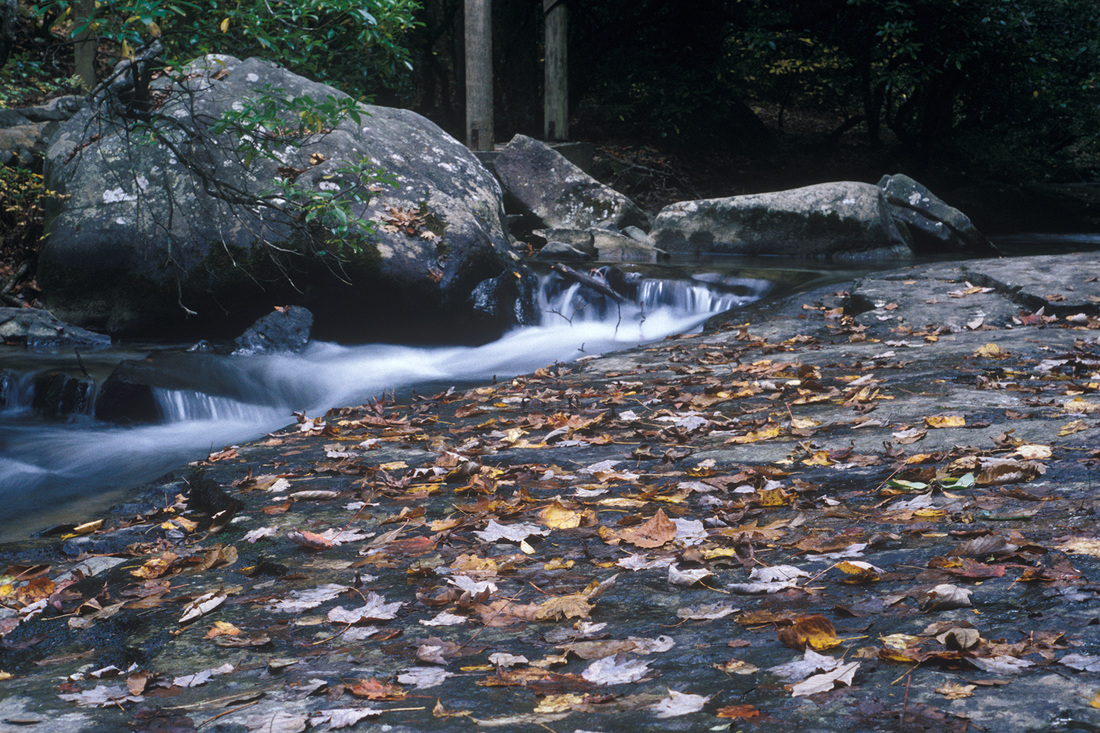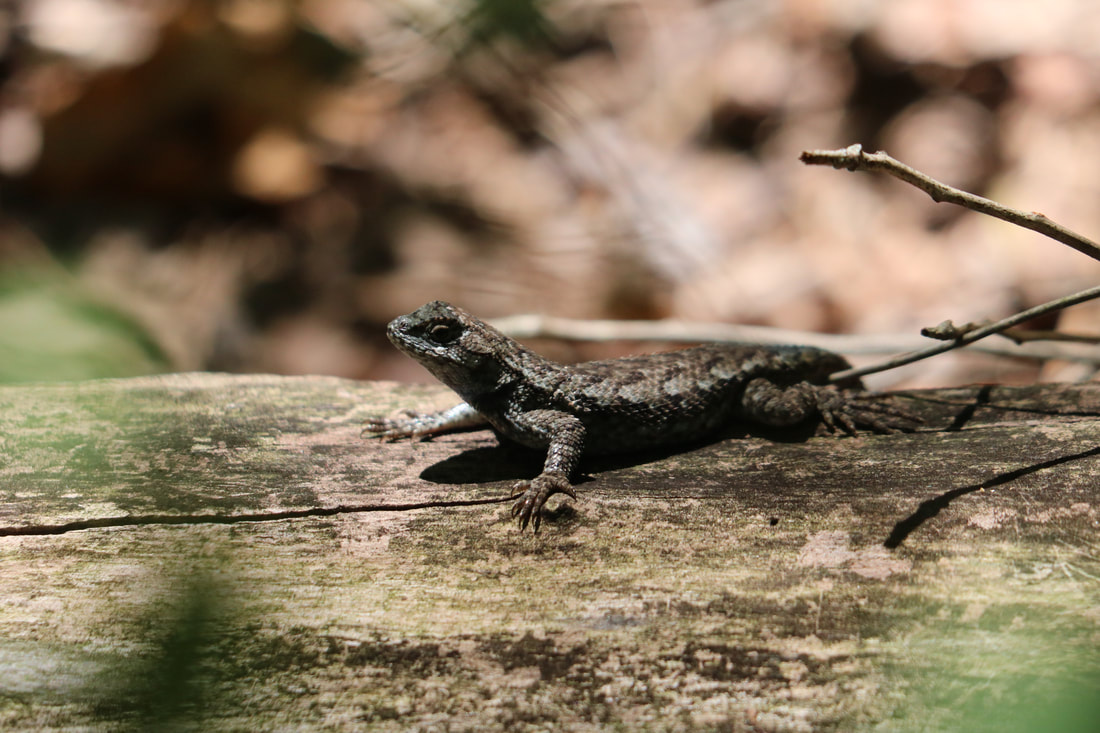
Bill Bryson and his friend Katz were clearly unprepared for a backpacking trip on the Appalachian Trail. They departed with Katz carrying a ridiculously overloaded pack with extra baggage tied to the outside. At the end of the first day, Bryson retrieved Katz from far back on the trail to find that he has eaten a much of his provisions and thrown the rest over the side, including the Coffee Filters.
After they encountered the steep climbs of the southern Appalachians through rain and late snowfall they pressed on through crowds of spring break hikers to find the shelters at Great Smoky Mountains National Park far too rustic for their taste. Said shelters provided numerous warnings about bears, but Bryson and Katz encountered far more rodents.
The description of the rodents and their attempts to eradicate them ended with Katz drinking from his water bottle and Bryson noticing pink rodent parts stuck to its bottom. This passage is typical of Bryson's humor. In another episode, they were set up in a shelter when a group of hikers attired in very fashionable gear arrived. A woman in the group pouted, "Do we have to share." After awkward conversations, Bryson and Katz retired in the rain to set up their tents. They noticed the shelter inhabitants passing a bottle of liquor and becoming louder and louder before becoming dead to the world. In the morning they broke camp and prepared to leave with the shelter dwellers still in dreamland. When Katz retrieved a shirt he had hung up to dry in the shelter, he stole the laces from the pouting woman's boots.
On a positive note, he described history of Frederick Douglas and Stonewall Jackson revealed at Harpers Ferry and included vignettes on the wildlife, geology, botany, and early explorers of the Appalachians. He made the Delaware Water Gap sound truly idyllic and Pennsylvania trails sound miserable. He also directed humor at himself and Katz.
Katz rejoined Bryson to hike the Hundred Mile Wilderness in Maine, again totally unprepared. They encountered streams up to three feet deep with no bridges. Fording the streams was their only choice. In a dangerous turn of events they became separated and Katz left the trail. Only the greatest turn of events got him back to the trail and reunited with Bryson. They then hiked to a logging road. They hitchhiked to the nearest town where they checked into a boarding house and waited for a ride home. Their decision to not finish the hike demonstrated wisdom/
The book is a great read. Bryson describes these events in a way that made me literally laugh out loud.

 RSS Feed
RSS Feed